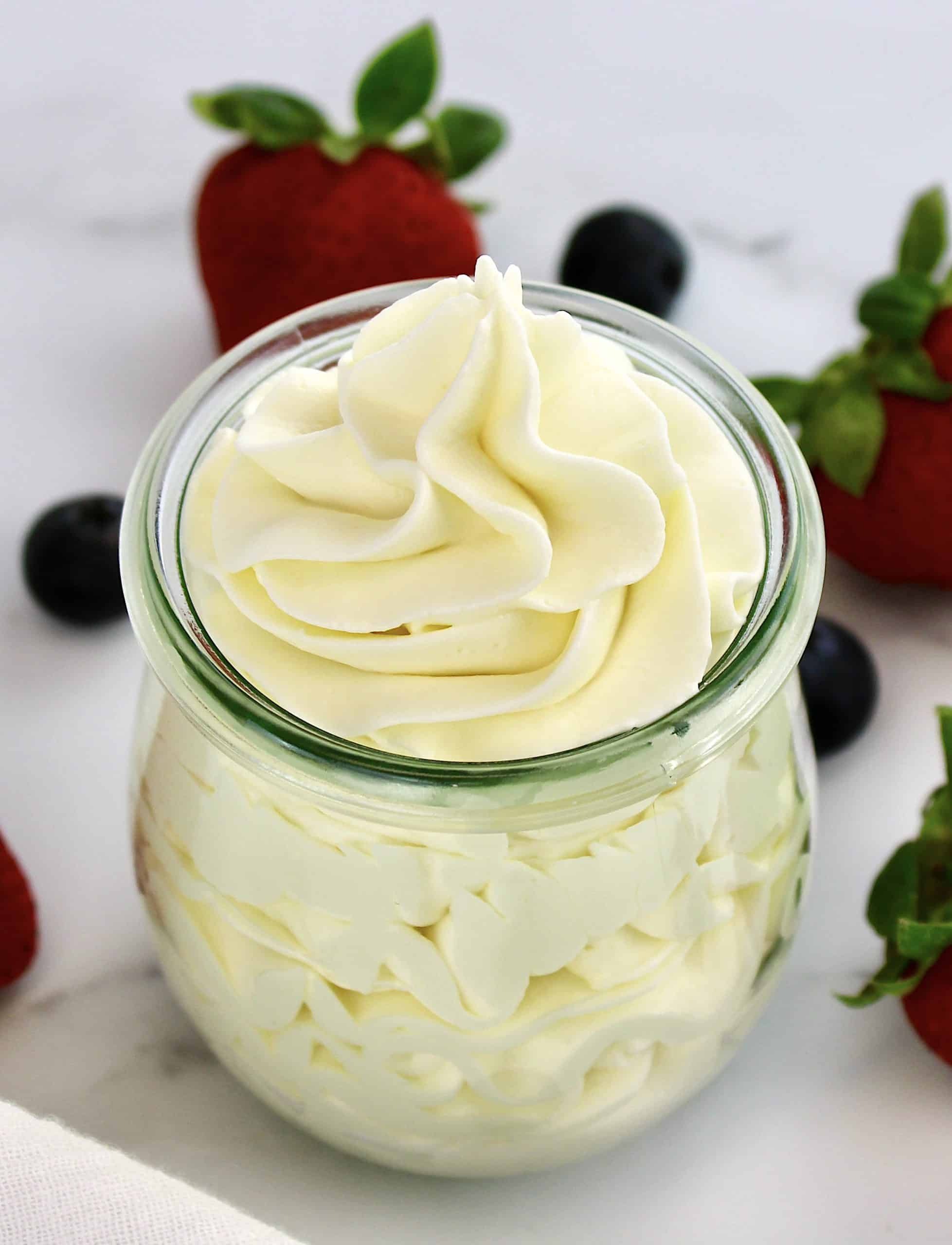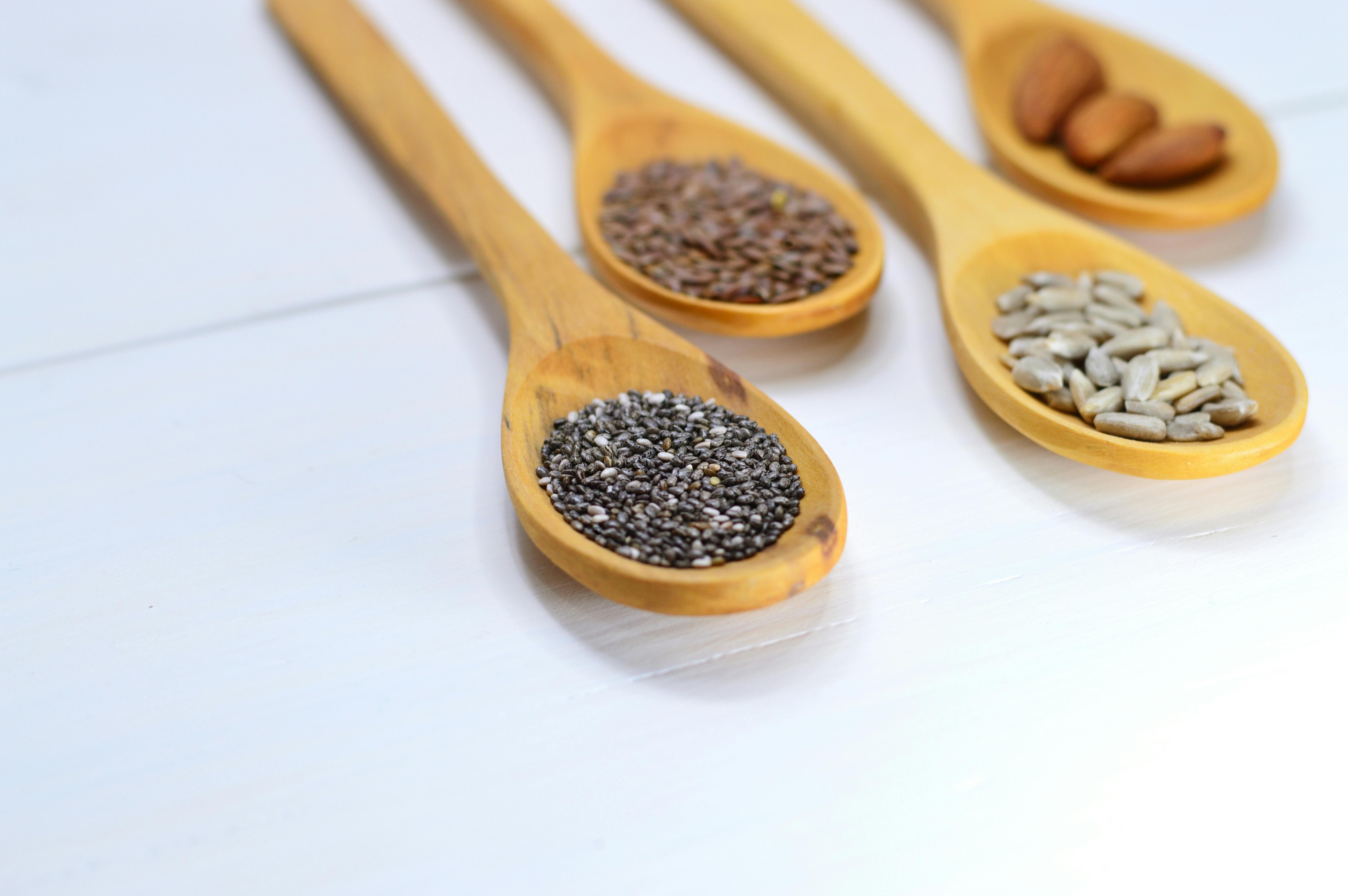Smart Guide to Keto Bread Machine Recipe for 2025 Success
As the world continues to embrace healthier dietary choices, the ketogenic diet remains a popular option for many health-conscious individuals. Among the myriad of delicious meal options available, keto bread stands out as a notable favorite. Whether you’re following a strict low-carb regimen or simply desire to explore new baking capabilities, learning to create an easy keto bread machine recipe can transform your kitchen experience in 2025.
This article provides an essential guide on how to master low-carb, gluten-free bread-making using your bread machine, including helpful tips, variations, and techniques. We’ll delve into alternatives to traditional ingredients like almond flour and explore exciting flavors that cater to different palate preferences. From sweet to savory, the possibilities are endless!
Prepare to embrace the rise of keto-friendly bread options that are not only easy to make but also satisfy cravings without compromising your dietary goals. By following this guide, you can create homemade keto bread that is perfect for sandwiches or simply to enjoy on its own.
Let’s dive into the world of keto bread and discover the incredible recipes waiting for you!
Essential Tips for Keto Bread Machine Success
Before you embark on your keto baking journey, it’s crucial to understand some essential tips that will significantly enhance your bread-making experience. Having a reliable bread machine and using the right keto-friendly ingredients is the first step towards achieving success.
Choosing the Right Bread Machine
When it comes to mastering a keto bread machine recipe, selecting the right bread machine is vital. Look for one that allows for gluten-free settings and has customizable temperature and baking time adjustments. Popular choices include brands like Zojirushi and Cuisinart, which are known for their reliability and excellent functions for low-carb bread.
Ingredient Quality Matters
Not all ingredients work well for keto baking, so using high-quality, keto-approved products is essential. Look for low-carb flour substitutes, such as coconut flour or flaxseed meal, which can deliver excellent results in texture and flavor. Invest in additives like psyllium husk and baking soda that help improve the bread's structure and moisture retention.
Accurate Measurements
When following keto bread recipes, accurate measurements are crucial. Even slight variations in the ingredients can significantly affect the final product's rise and texture. A kitchen scale can help you measure components precisely. Additionally, be mindful of crucial details like liquid vs. dry ingredients ratio as it directly influences the dough's consistency.
Testing Dough Consistency
One of the biggest challenges in keto bread making is achieving the right dough consistency. When mixing your ingredients, the dough should not be too thick or too runny. For best results, aim for a dough that holds together but is slightly sticky to the touch. If necessary, adjust by adding a bit more water or flour until the desired consistency is achieved.
Slicing and Storing Your Keto Bread
Properly slicing and storing your keto bread will ensure it maintains its freshness and flavor. For the best texture, allow the bread to cool completely before slicing. To store, wrap your keto bread tightly in plastic wrap or aluminum foil and place it in an airtight container in the fridge. Alternatively, you can slice and freeze the bread for quick access to individual portions.
Simple and Delicious Keto Bread Recipes
Now that you’re acquainted with the essential tips for keto bread success, let’s explore some simple, delicious keto bread recipes that are perfect for any occasion.
Quick Keto Bread Recipe
This quick keto bread recipe is perfect for those who want a fast and easy option without sacrificing taste. Featuring almond flour, eggs, and baking powder, this loaf comes together in minutes and gives you a soft, fluffy finish.
Mix the dry ingredients in one bowl and wet ingredients in another, then combine them before pouring the mixture into your bread machine on the quick bread setting. In just over an hour, you will have freshly baked keto bread ready to serve!
Keto Bread with Coconut Flour
If you’re looking for a unique twist on your keto bread, consider using coconut flour as the base. This keto-friendly bread recipe calls for eggs, baking powder, and coconut flour, resulting in a slightly sweet and moist loaf suitable for toast or sandwiches.
When using coconut flour, note that it absorbs moisture differently than other flours, so be prepared to adjust the liquid content accordingly. Enjoy this delightful recipe that truly showcases the versatility of coconut flour!
No Yeast Keto Bread Recipe
For those who wish to avoid yeast altogether, this no-yeast keto bread recipe is a fantastic choice. It utilizes baking powder and eggs instead of yeast, leading to a bread that rises beautifully without the waiting time typically associated with yeast-based recipes.
This recipe is not only quick but delightful when served warm with butter or as a foundation for various toppings. Enjoy the freedom from yeast while indulging in this delicious homemade creation!

Understanding Texture in Keto Bread
Texture plays a vital role in determining the enjoyment of your keto bread. Achieving the desired density and fluffiness can often require experimentation with different recipes and techniques. Here, we’ll explore the secrets to achieving the perfect keto bread texture.
Dense vs. Fluffy Keto Bread
Some keto bread recipes yield denser loaves, which work well for dipping or spread toppings, while others create fluffy options for sandwich-making. Understanding the difference will help you select the right recipe based on your needs while following a keto diet.
Modifications for Desired Texture
To achieve a fluffier loaf, consider mixing in specific ingredients like psyllium husk or baking soda, which help provide aeration and lift. Dense keto bread, on the other hand, can be made using a higher ratio of nut flours to egg-based ingredients, allowing for a more compact texture.
Common Texture Issues and Solutions
As you embark on your keto baking journey, you may encounter common texture issues. If your bread turns out too dense, try reducing the fat or increasing the moisture content. In contrast, if it's too crumbly, adding more binding agents like eggs can help achieve a cohesive loaf. Don’t hesitate to experiment until you find the perfect balance for your taste.

Creative Variations of Keto Bread
One of the many fun aspects of baking keto bread is the various creative flavors and variations you can explore. Let’s discuss some inventive ways to enhance your keto bread experience.
Keto Zucchini Bread
Taking advantage of zucchinis can bring a twist to your keto bread recipe. With its high moisture content, zucchini adds flavor as well as a delightful texture. Simply grate zucchini, remove excess water, and incorporate it into your favorite bread recipe for a unique and healthy alternative.
Cheesy Keto Bread
This cheesy variation makes use of shredded cheese to create a gooey, flavorful bread that pairs perfectly with soups or salads. Incorporating cream cheese also enhances the texture, yielding a rich and savory loaf.
Sweet Keto Bread Options
For those who enjoy a little sweetness, consider adding keto-friendly sweeteners like erythritol or monk fruit sweetener to your bread batter. Combine with vanilla extract or cinnamon for a versatile sweet treat perfect for breakfast or dessert!
Frequently Asked Questions about Keto Bread
As you explore the world of keto bread recipes, you may find yourself with some questions along the way. Below are some frequently asked questions and expert recommendations tailored to your culinary success.
Can keto bread be frozen?
Absolutely! In fact, freezing your keto bread can extend its shelf life. Slice the bread, wrap it tightly in plastic wrap or aluminum foil, and store it in an airtight bag. Be sure to consume within three months for optimal freshness.
How can I make my keto bread fluffier?
To create a fluffier texture, incorporate ingredients like eggs, baking powder, or even buttermilk into your recipes. This will help the bread rise effectively, adding lightness to your loaf.
What is the best way to store keto bread?
Store freshly baked keto bread in a cool, dry place wrapped in parchment paper or in an airtight container. For long-term storage, freezing is preferable to maintain freshness and flavor.
In conclusion, this smart guide to keto bread machine recipes provides you with everything you need to bake delicious and healthy low-carb bread in 2025. From mastering the art of easy keto bread to exploring creative variations, the possibilities are endless for your keto journey. Happy baking!
